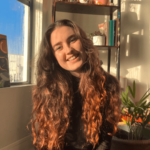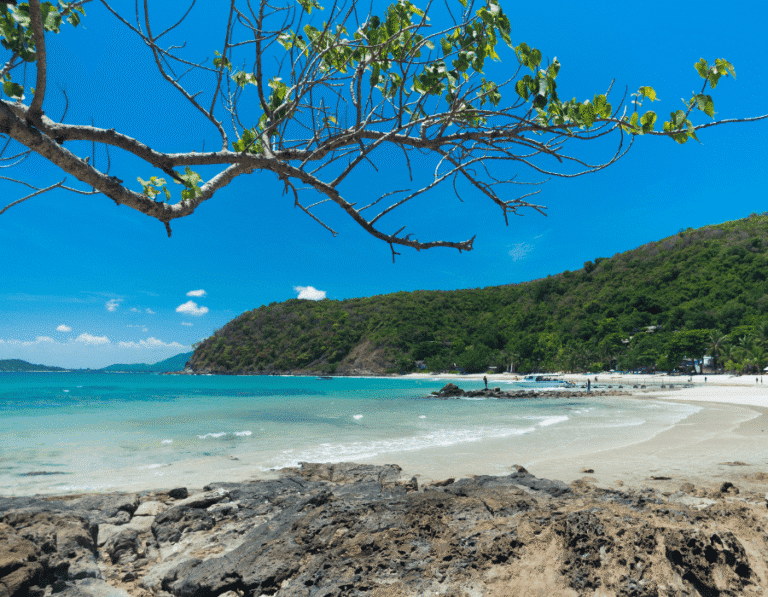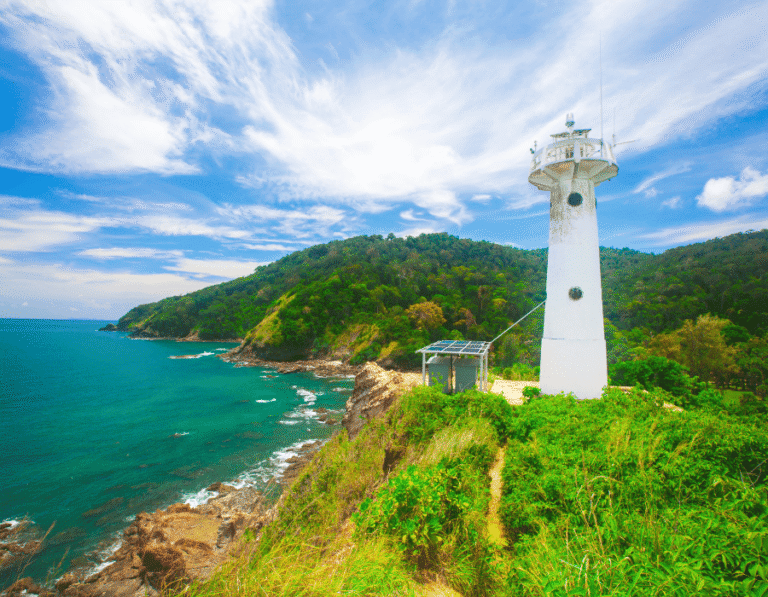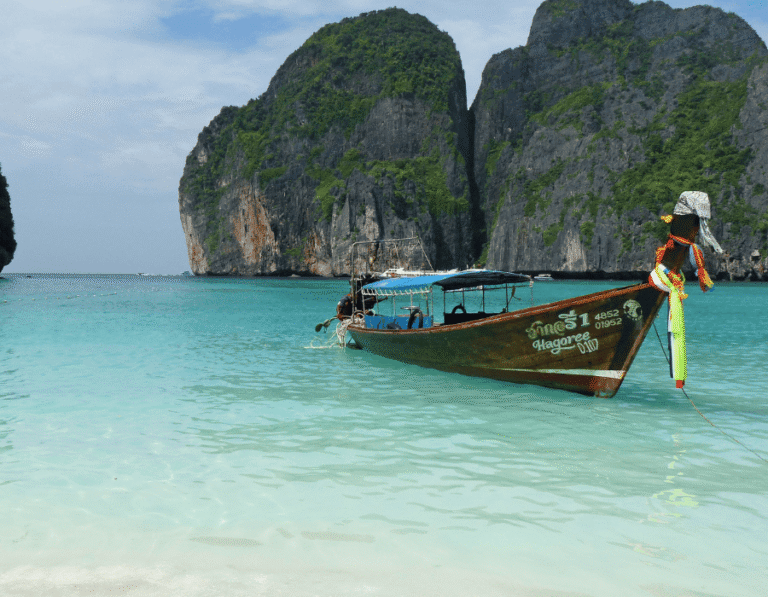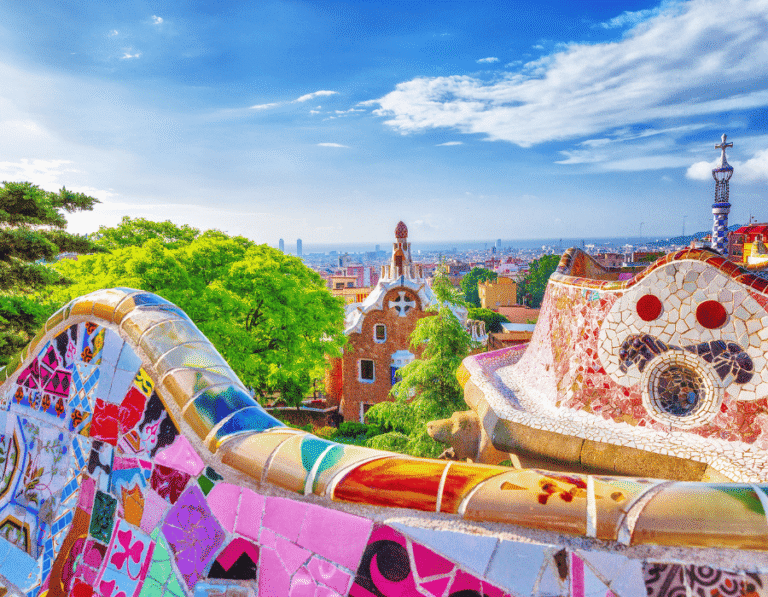Officially the Republic of Singapore, the sovereign island country is composed of one main island, 63 satellite islands and islets, and one outlying islet.
Singapore is a quintessential cosmopolitan city boasting a thriving economy and a distinct multicultural population. It’s also got the third highest population density in the world, with almost 5.7 million residents, 61% of whom are Singaporean citizens.
Contents
- Healthcare Basics
- Cost of Healthcare in Singapore
- Doctors & Specialists
- Drugstores and Pharmacies
- Hospitals and Clinics in Singapore
- Emergency and After-Hours Healthcare
- Tips for Tourists
Healthcare In Singapore – The Basics
Singapore’s healthcare system routinely ranks among some of the best in the world. And thanks to its remarkable outcomes, its system is admired by other nations across the globe.
Singapore has a multi-payer healthcare financing framework, where a single treatment episode might be covered by multiple schemes and payers, sometimes overlapping. The system is referred to as the 3Ms and it has three components:
- MediShield Life: Launched in 2015 to replace MediShield (an opt-out catastrophic illness insurance scheme), this is a universal basic healthcare insurance. It’s mandatory for citizens and permanent residents and offers lifelong protection against large hospital bills and specific costly outpatient treatments.
- MediSave: A national medical savings scheme – which helps to cover out-of-pocket payments. Personal and employer salary contributions (8-10.5% – depending on age) to scheme accounts are mandatory for all working citizens and permanent residents. These tax-exempt, interest-bearing (currently 4-5%) accounts can be used to pay for family members’ healthcare expenses.
- MediFund: This is the government’s safety net for needy Singaporeans who can’t cover their out-of-pocket expenses – even with MediSave and MediShield Life coverage.
MediShield and MediSave make up the core of Singapore’s health insurance system. Citizens and permanent residents pay routine expenses out of their MediSave accounts and if things get bad enough that they hit their deductible, they start using their MediShield account.
Public Healthcare
MediShield Life plays an integral role in Singapore’s public health insurance. Premiums are subsidized by the government based on income. Additionally, people of working-age pay higher premiums so older residents can have lower premium increases. These features help keep annual premiums affordable – ranging from SGD 98 ($72) for low-income (under age 20) to SGD 1,530 ($1,117) for high-income over age 90.
The government also offers various subsidies to make care more affordable:
- In public hospitals, patients can get a subsidy by choosing a ward with fewer amenities. For instance, patients admitted to C-class wards (rooms with eight beds) receive a subsidy of up to 80% of their hospital bill. In comparison, A-class single occupancy rooms aren’t subsidized.
- Primary care visits at public clinics – called polyclinics – are subsidized by up to 75%, with different charges based on residency status.
- Specialist outpatient care visits can be subsidized by up to 75% – depending on the patient’s income level and residency status.
- Emergency services at public hospitals are subsidized equally for all.
- In addition, the Community Health Assist Scheme for lower-to-middle-income citizens provides subsidies that can be used at private GPs and dental clinics.
After government subsidies and MediShield Life payments, Singaporeans are expected to pay for the rest of their healthcare costs either from their MediSave accounts or out-of-pocket. MediSave can be used to pay for many services – including chronic care, maternity care, fertility treatments, hospice, and palliative care. Limits on withdrawals from MediSave accounts ensure that Singaporeans have enough in their accounts for basic healthcare needs in old age.
Private Healthcare
Patients who wish to obtain additional coverage for private hospitals or care in private wards in public hospitals can purchase private insurance. Since there are many insurance options available, there are varying degrees of coverage duplication by MediShield Life, employer benefits, and personal health insurance.
- Most common coverage is through Integrated Shield Plans – these ride on MediShield Life and are only available to citizens and permanent residents with MediShield Life. Different plans offer different benefits, and premiums for these plans may be paid for using MediSave.
- Integrated Shield Plan holders can also buy insurance riders that provide additional complementary cover. Premiums for riders can’t be paid with MediSave.
- There are also private insurance options – offered by for-profit insurers, which are not integrated with MediShield Life. Premiums for these plans can’t be paid from MediSave accounts.
Cost of Healthcare In Singapore
Since MediShield Life is mandatory and premiums are calculated based on age – healthcare costs vary depending on various factors. However, annual premiums are affordable – ranging from SGD 98 ($72) for low-income (under age 20) to SGD 1,530 ($1,117) for high-income over age 90.
Average costs for consultations with a GP (in-office):
- Short consultation (up to 10 mins): $20-$30
- Long consultation (11-20 mins): $30-$55
- Extended consultation (per 10 mins): $20-$25
Average costs for consultations with specialists:
- Short consultation (up to 10 mins): $60-$100
- Long consultation (11-20 mins): $90-$150
- Extended consultation (per 10 mins): $50-$80
Available Payment Methods
In Singapore, the most popular payment methods include Visa, Mastercard, GrabPay, American Express, PayNow, Maestro, and Atome.
Doctors And Specialists In Singapore
Primary care in Singapore is offered through public polyclinics and private GPs. Polyclinics usually have more than 10 doctors, and some even provide dental, psychiatric, and allied health services. Polyclinics provide 20% of primary care and have a strong focus on chronic-disease management.
While most GP clinics operate as solo practices (incl. those run by clinic chains), and mainly operate on a fee-for-service payment model – since the clinics have the flexibility to set their own fees. Patients can choose a primary care doctor at a polyclinic or GP clinic and are free to change providers or be seen by more providers over a given period.
Seeing A Specialist
Specialist outpatient services in Singapore are offered by both the public and the private sector on a fee-for-service basis. Specialists in the public sector are salaried and see both private and subsidized patients in the public hospitals’ specialist outpatient clinics and national specialty care centers. Fees for private and subsidized patients at these clinics are determined by and paid to the hospital.
In addition, polyclinic referrals are considered subsidized patients at specialist outpatient clinics, while referrals from GPs are treated as private patients unless they’re referred by clinics accredited by the Community Health Assist Scheme.
Specialists in Singapore don’t require referrals from GPs – and patients who refer themselves are seen as private patients. They can choose their specialist, whereas subsidized patients have a specialist assigned to them. Private specialist clinics receive referrals from GPs as well as self-referrals and have the flexibility to set their fees.
Seeing A Dentist
Singapore’s dental care is world-renowned, and the city’s dental clinics – particularly those in Orchard Road – attract dental tourists from neighboring countries. Patients can choose between private clinics and polyclinics depending on their income. After-hours and emergency dental care cases are best directed to emergency centers.
Drugstores and Pharmacies
Pharmacies in Singapore are located in all hospitals, and some clinics also provide pharmaceutical services, and many independent pharmacies operate across the country. Many of the pharmacies offer basic medical services like travel vaccination advice and blood pressure checks. Pharmacies in Singapore’s hospitals dispense prescription drugs to outpatients and retail customers. Even then, some hospital pharmacies might not be open after hours, unless they’re part of an A&E department. To get medication urgently, it’s easiest to go to a 24/7 medical clinic plus a pharmacy.
In Singapore there are three classes of medication, according to official regulations:
- Prescription-only medication (POM) – requires a prescription from a doctor.
- Pharmacy-only medication (P) – prescription-free but may only be sold by qualified pharmacists.
- General sales or over-the-counter medication (GSL) – can be purchased everywhere, including large drugstore chains like Watsons or Guardian.
Hospitals In Singapore
Singapore has public hospitals, for-profit hospitals, and not-for-profit hospitals.
Unlike other countries’ government-run institutions, public hospitals in Singapore are more autonomous. This system creates competition in the public market and has generally led to a better patient experience because public facilities keep costs low and service quality high. In addition, it motivates private hospitals and clinics to deliver exceptional healthcare, since they need to compete with already high-quality and more affordable public hospitals.
Thanks to reforms in the 1980s that gave hospital management more independence from government control, public hospitals in Singapore operate similarly to private facilities in other countries. The government funds public hospitals based on diagnosis-related groups (DRGs) for inpatient and day surgery services, and per-piece rates for outpatient visits subject to an overall block. Public hospitals provide inpatient, outpatient, and emergency care, and for specialist services like dermatology or dentistry.
Most private hospitals in Singapore are operated by three hospital groups:
- Parkway Holdings
- Pacific Healthcare Holdings
- And Raffles Medical Group
Patients who’ve visited a hospital belonging to one of these groups may prefer to use their services in Singapore. Non-public hospitals are usually smaller – providing more private rooms and care that’s not just adequate but even luxurious – if patients are willing to pay.
Foreigners often opt to visit private hospitals since for non-permanent residents the cost of visiting private versus public facilities is smaller. In addition, doctors in private hospitals are more likely to speak foreign languages, and hospital staff tends to be better suited to working with non-Singaporean patients.
Emergency And After-Hours Healthcare
All general hospitals in Singapore can provide 24-hour accident care and are equipped with emergency walk-in departments.
Additionally, The Singapore Civil Defence Force (SCDF) operates an ambulance service for life-threatening emergencies and transports patients to the nearest hospital – just dial (995). If the SCDF ambulance callout is not for an emergency, a fine of 180 Singapore dollars must be paid. For a non-emergency private ambulance, call 1777.
Tips For Tourists In Singapore
Singapore has four official languages: English, Malay, Chinese, and Tamil. These are the most widely spoken languages, however, this mix in language also means that non-verbal communication carries a lot of weight in Singapore.
On a societal level, Singapore aims to be a meritocratic society, where hard work takes you to the top. This has created a hierarchical structure with a key concept being deference and politeness. Singaporeans rely a lot on indirect communication to remain polite – this includes body language, expressions, tone of voice, and listening closely to others.
Here are some cultural dos and don’ts:
- Do mind your head (and others): Like many Asian cultures, in Singapore, the head is considered sacred. That means touching someone’s head or even gesturing toward your own can be offensive.
- Don’t flash your soles: In addition, showing the soles of your feet is a no-no, so always keep them firmly planted while seated.
- Don’t point: Pointing with your index finger is impolite. Instead, use your whole hand or head to gesture.
- Do use your inside voice: Speaking loudly can be seen as rude.
- Don’t stare for too long: Maintaining eye contact for too long can be seen as rude.
- Do avoid saying “no”: People in Singapore often avoid answering questions with “no.” If someone hesitates or seems to give you an indirect answer, they might be trying to refuse your offer without offending you.
- Do respect your elders: Elders are held in the highest esteem in Singapore. Always greet the older person present first. You can either use a simple handshake or a slight bow to greet someone – this is true of the business world too.
If you’re a tourist in Singapore ad would like to speak to a medical professional connected to an international network of doctors, you can make an appointment on the Air Doctor app right now and have an in-person or virtual consultation within minutes.

